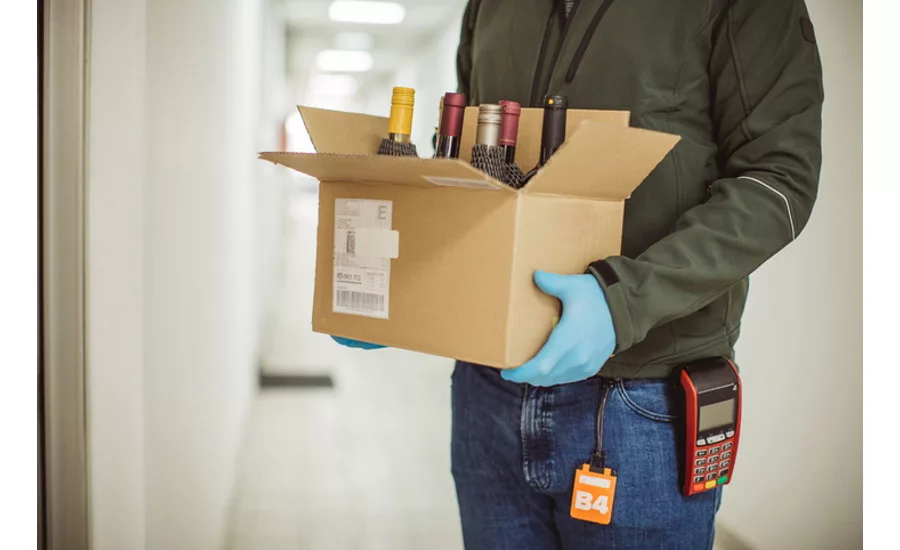Beverage alcohol distribution
Recent shifts in distribution and its effects on the beverage alcohol ecosystem

Alcohol producers must go through both a distributor and retailer to sell their product, and recent market shifts are creating a mix of opportunities and challenges for producers.
Photo credit GettyImages/1221676427
In the U.S., the journey of beverage alcohol from producer to consumer travels through a three-tier system:
- Producer
- Distributor
- Retailer
Alcohol producers must go through both a distributor and retailer to sell their product, and recent market shifts are creating a mix of opportunities and challenges for producers.
More producers, less distributors
The distribution tier has seen significant consolidation in recent years. Today, fewer distributors are available to represent a growing number of beverage alcohol brands. The result is a larger pool of brands funneled through a narrower field of distributors to reach the retail tier. This contraction of the competitive field of alcohol distributors is so notable that it was the subject of a recent report from White House economic advisors in response to President Biden’s Executive Order 14036, the goal of which was to increase competition for American small businesses.
A distributor that represented 10 pilsners a few years ago could likely represent 100 pilsners today. Because a distributor’s portfolio now includes exponentially more brands than it did just a few years ago, producers must work harder for distributors’ attention. Many small brands with limited resources may not have the ear of the distributor in the same way that larger, robust producers do. Worse yet, some producers may struggle to secure a distributor partner at all.
New avenues for distribution
The combined pressure from these forces, coupled with changes in consumer behavior, has a silver lining. The need for emerging companies to reach buyers, a massive increase in popularity of e-commerce and relaxed beverage alcohol regulations spurred by the pandemic are creating new avenues for producers to sell their products. In most states, relaxed regulations are temporary, but some regulations have been made permanent. If that trend continues, the distribution tier could lose significant leverage in the go-to-market process as producers create channels for distribution without the distributor.
With e-commerce, shelf space is infinite, thus avoiding physical limitations. Most e-commerce solutions currently overlay the existing three-tier system, by creating a path for a brand to pull from the distributor, as opposed to the traditional push from the distributor to the consumer. E-commerce can be a critical step in the proof of concept for a new brand. Being able to create grassroots success in online sales could allow a brand emerging from the startup phase to get serious attention from a distributor.
Looking to the future
Beverage alcohol distribution is at a major inflection point. The U.S. regulatory system was created when Prohibition was repealed in 1933. Those laws have changed very little, but the commercial environment now is wildly different. Distributor consolidation versus the expansion of consumer demand for what, how and where beverage alcohol can be purchased is creating an incredibly dynamic landscape that will continue to evolve. Producers and distributors alike are in for quite a ride.
Looking for a reprint of this article?
From high-res PDFs to custom plaques, order your copy today!






-Revalyu-groundbreaking-ceremony.webp?height=200&t=1696873309&width=200)


